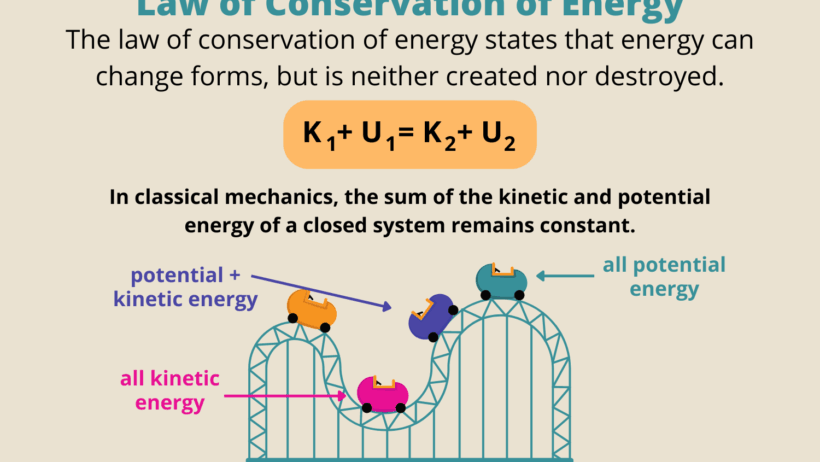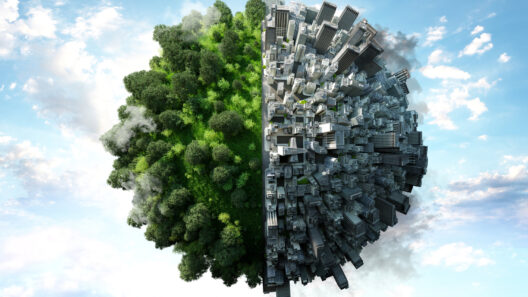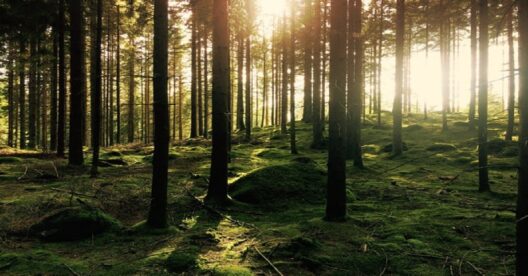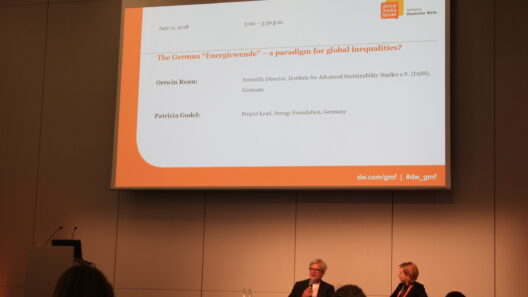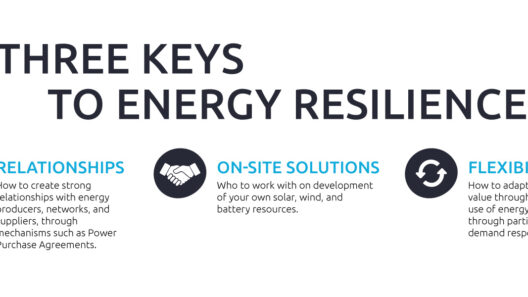Energy is one of the fundamental concepts in physics, governing the behavior of matter and the universe at large. Central to our understanding of this concept is the Law of Conservation of Energy, which posits that energy cannot be created or destroyed; rather, it can only be transformed from one form to another. However, myriad misconceptions surround this law, often leading people to wonder about the potential for “breaking” it. In the quest for clearer understanding, it is imperative to dissect the myths and the scientific assertions regarding the conservation of energy.
To begin with, let’s explore what the Law of Conservation of Energy encompasses. This law asserts that the total energy in an isolated system remains constant. It may change forms—kinetic energy can transform into potential energy, thermal energy into mechanical energy, and so on—but the total amount remains invariant throughout processes. For instance, when you drop a ball, gravitational potential energy converts into kinetic energy as it accelerates towards the ground. The onus lies not in breaking this law but in recognizing its robust application across a bevy of scenarios.
One prevalent myth is the notion of perpetual motion machines, devices that purportedly can operate indefinitely without an external energy source. Such machines are often proposed as a means to circumvent the conservation of energy. In theory, if such a device existed, it could revolutionize energy consumption and environmental sustainability. Yet, they remain doomed to failure due to friction and air resistance, which are forms of energy dissipation that ensure energy is never conserved in a practical sense within such a system. Perpetual motion machines defy not just the Law of Conservation of Energy but also the Second Law of Thermodynamics, which addresses energy degradation and entropy.
Another misconception concerns the relationship between mass and energy. Albert Einstein’s famous equation (E=mc^2) elucidates that mass can be converted into energy and vice versa. Upon first glance, this might suggest a loophole in the conservation principle. However, this transformation does not violate the law but rather illustrates its comprehensive nature. Even in nuclear reactions, where a minuscule amount of mass is converted into substantial energy, the total energy—including the energy associated with mass—remains constant. Thus, the conversation around mass-energy equivalence serves to reinforce rather than undermine the conservation of energy.
Despite the daunting nature of this law, numerous innovative methods exist to maximize energy efficiency without incurring violations. As we move towards a more sustainable future, the quest for energy efficiency has led to advancements in technology, renewable energy, and hybrid systems. For example, solar panels harness energy from sunlight and convert it to electrical energy, demonstrating transformation without loss of total energy. Similarly, wind turbines capture kinetic energy from air currents, yielding electricity without breaching conservation laws—merely reallocating energy sources to more sustainable applications.
Importantly, energy transformations occur within a hierarchy, through which some forms retain greater viability for practical applications. The process of photosynthesis is a quintessential example of nature’s ability to convert solar energy into chemical energy, sustaining life on Earth. Here, once again, we see a remarkable demonstration of the Law of Conservation of Energy in action, as energy simply changes form rather than disappears.
Moreover, the concept of energy quality plays a crucial role in understanding these transformations. Not all energy is created equal; distinct forms present different capabilities for work. High-quality energy, like electrical energy, can readily be used for numerous applications. In contrast, low-quality energy, such as thermal energy dissipating into the environment, becomes less usable for work, notwithstanding that its quantity remains unchanged. Therefore, grasping these variations in energy type and quality allows for optimized applications across various sectors, including manufacturing and waste management.
A further layer of complexity arises when we consider the concept of energy inputs and outputs in various systems. In biological and ecological systems, energy flows through food webs and ecosystems. Each time energy is utilized or transformed, less is available for subsequent uses, highlighting the importance of conservation and efficiency. The interdependence of species within these systems relies heavily on this principle, further echoing the necessity for respect to the Law of Conservation of Energy in environmental contexts.
To comprehend the nuances of energy conservation requires an acknowledgment of the myriad processes and transformations that take place at both macro and microscopic levels. From harnessing renewable resources to improving energy governance in policy, the commitment to embracing and protecting these principles can lead to innovative solutions mitigating climate change and fostering long-term sustainability.
Nevertheless, the allure of “breaking” the Law of Conservation of Energy persists in popular culture and pseudoscience. These narratives often distract from viable methods of energy conservation and renewable practices that offer real promise in addressing contemporary energy challenges. The discourse surrounding energy must shift from fantastical notions of perpetual motion to focused discussions about conservation, efficiency, and sustainable usage that can genuinely influence the future of our planet.
In conclusion, the Law of Conservation of Energy remains an immutable aspect of the natural universe. While the myths of breaking this law may ignite imaginations, the scientific realities and their implications for energy use and conservation are profound and indispensable. By fostering an understanding of these principles, society can invest in sustainable practices that honor the limits of our ecosystem while paving the way for a greener, more resilient future.



